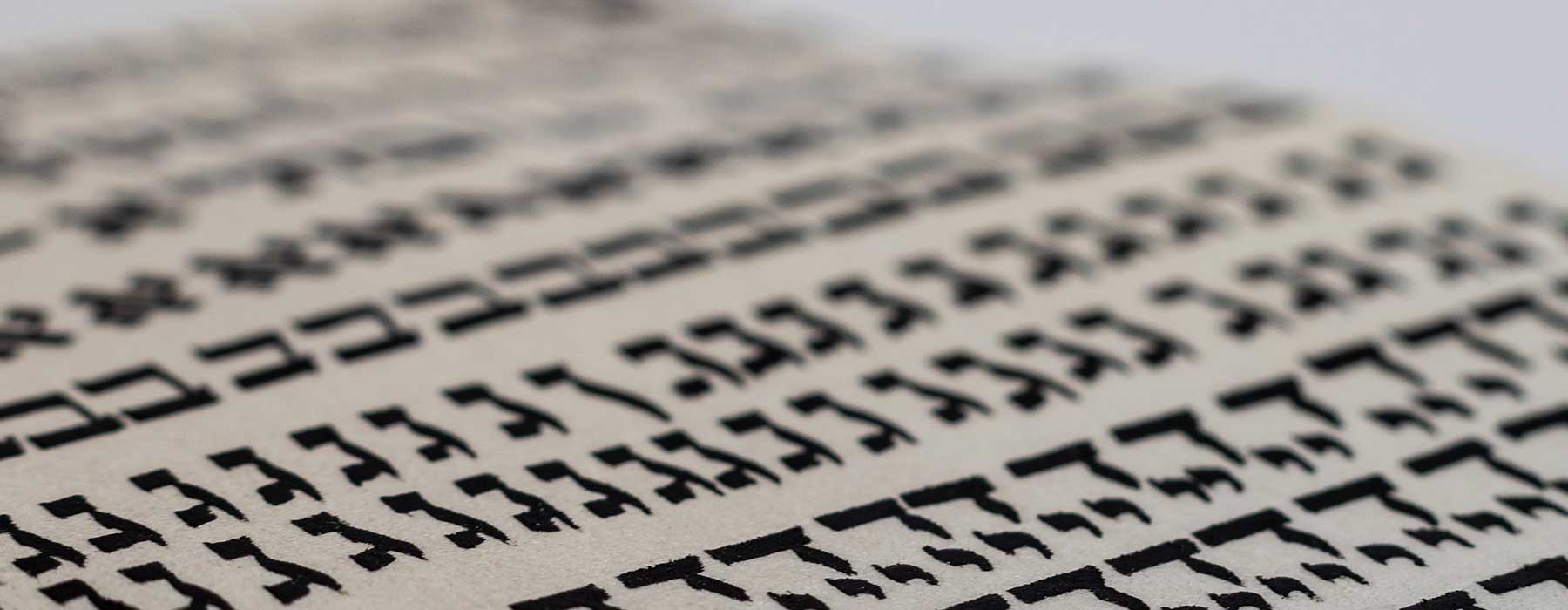
Welcome to Hebrew Language at the CLC!
Today, Hebrew is the official language of Israel, so about 10 million people speak the language there. Outside of Israel, there are around 5 million people who speak it. You can be one of those lucky people!
Student TestimonialsAbout the Hebrew Language
The Hebrew language origins can be traced back over 3,000 years when the Old Hebrew is documented. Old Hebrew dates to at least the 10th century BCE, although some argue that it may have even older roots.The most well-known form of Hebrew is Biblical Hebrew, which is the language of the Hebrew Bible (or Old Testament in Christian terminology). This form of Hebrew was used for religious, literary, and administrative purposes in ancient Israel. It is characterized by its distinct script (ancient Hebrew script) and vocabulary. After the Babylonian Exile in the 6th century BCE, the Jewish people stopped speaking Hebrew in order to fit in with the locals, so they spoke Armenian. They only used Hebrew to write, pray and one Sabbat days.
Until the 19th and early 20th century, Hebrew wasn’t spoken in a day-to-day setting. Then came Eliezer Ben Yehuda and revived the language. He modernized it and adapted it for daily use, and this is the modern Hebrew that is being spoken these days. This is language we will learn in class.
How Is Hebrew Unique?
Hebrew is unique because of how old it is, the history linked to it and the impressive survival and revival it went through. As a sematic language it is similar to Arabic and Aramaic, but it has its own unique grammar, vocabulary and pronunciation. Now, don’t be scared, because of the reconstruction of the language, it is based on very clear and easy patterns, so compared to other languages like English and French it is easier to learn. It is also unique because it serves as a symbol of Jewish identity and culture.
How Hebrew Is Different from English
- It is written from right to left.
- It consists of 22 letters, (some of them change shape if placed at the end of a word, how cool!)
- It doesn’t have vowel letter, rather it has vowel signs placed around the letters.
- There are 2 ways to write modern Hebrew. Print and script. We used print on anything that is printed like books and signs. We use script for everyday real-life writing.
- Every noun has a gender, so all the verbs, adjectives, adverbs must change accordingly.
What Will You Learn in This Class?
You will learn how to read print including the vowels, but you will only be asked to write in script. You will learn how to pronounce and speak properly. At the end of the first semester, you will be able to speak about where you come from/ where do you live, what you study/ the university, what you like to do in your free time and discuss food. Basically, At the end of the semester you will be able to have a small talk with a stranger on a street in Israel, or with your favorite cousin of course!
The Hebrew Alphabet
Watch a video or download a PDF about the Hebrew alphabet:

IMPORTANT NOTE for Native/Near-Native Speakers
Critical Language courses are for enthusiastic students seeking practical language skills. Native /near native speakers are NOT allowed to take any CLC courses in their native languages. 101 classes are strictly for total beginners. Any students with background knowledge (including heritage students) of the selected language must contact the CLC director for appropriate class level BEFORE registration. CLC classes are self-instructional and are best suited for highly motivated and disciplined students. Please feel free to explore the languages offered by the CLC.